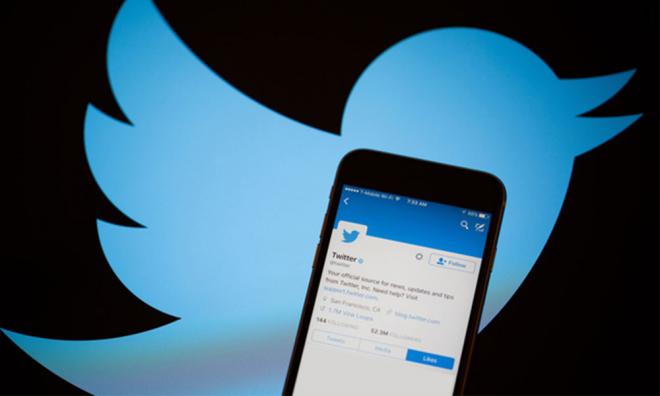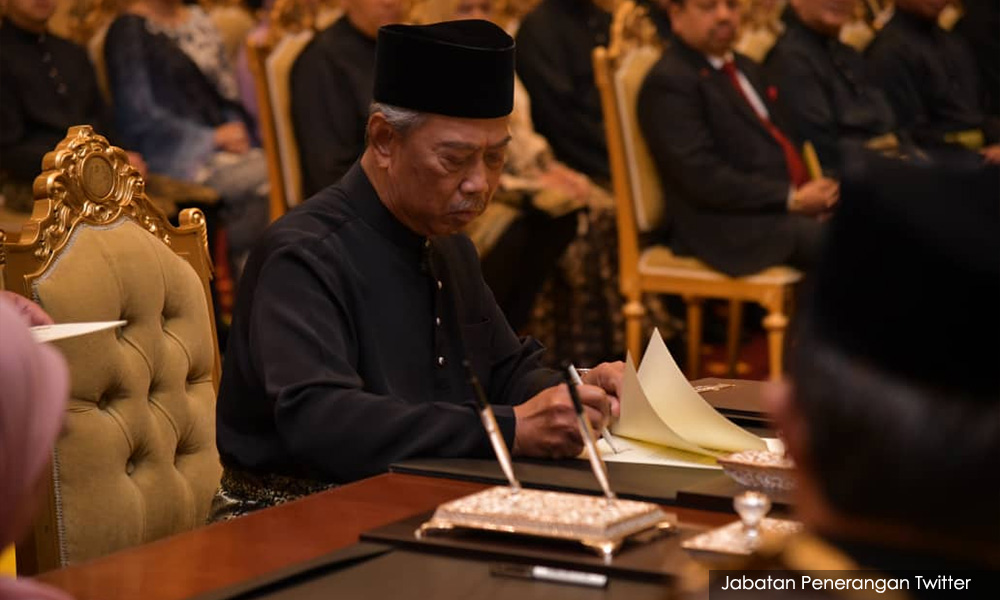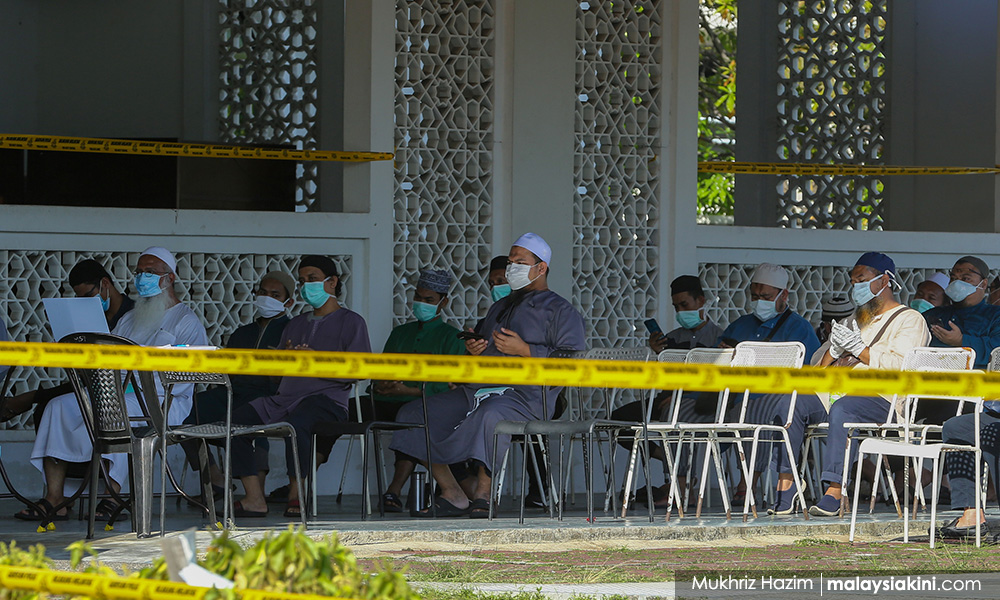
CORONAVIRUS | There has been an uptick in racially charged hate speech on Twitter as the Covid-19 pandemic developed, according to the think tank The Centre.
This is based on the group’s analysis of tweets containing common Malaysian words often used to vilify groups, together with mentions of any ethnicities.
The analysis looked at tweets for a one month period from Feb 27, which coincided with the day the second wave of Covid-19 infections was announced and one day before the Seri Petaling tabligh gathering took place.
“Racially charged speech against both Malay-Muslims and non-Malays on Twitter rose in tandem with the growing number of Covid-19 cases, though tweets around March 1 were mostly associated with the political crisis precipitated by the Sheraton Move,” the group said.
It said the number of racially charged tweets had three peaks over the study period – on Feb 29 with 203 tweets recorded, on March 12 with 167 tweets, and on March 19 with 179 tweets.
“The first peak was recorded a day before Muhyiddin Yassin was sworn in as the new prime minister, the second peak came on the day the tabligh event was announced as a new Covid-19 cluster, and the third peak spans over a few days after the movement control order (MCO) began,” the think tank said.

It said there is yet to be a concerted effort to incite hatred in Malaysia on Twitter, but noted that some "elaborate" attempts have already been made on other platforms such as WhatsApp.
The Centre urged all Malaysians to account for such behaviour - whether it takes place online or offline - and authorities should step in to deal with those who intentionally exploit racial fears and biases.
“Blaming and denouncing entire groups is hate speech, weakening us further as a society now and when the MCO is lifted.
“Calling Malaysians to account for this behaviour, offline and online, is the responsibility of everyone in society today.
“Malaysians’ attention and biases are now even more available for exploitation in this time of restricted movement.
“Apart from addressing ‘lower level’ racial speech as per the tweets we analysed, the authorities also need to be clear and consistent in its treatment of messages aimed at intentionally inciting anger and hatred amongst specific groups. Various levels of hate require different, but clear, responses.
“It is high time for Malaysia to do better — to acknowledge the different levels of hate speech brewing in the country, and to address it systematically and proportionately,” the group said.
In The Centre’s analysis, the group found that on most days, most of the tweets were aimed at Malay-Muslims as an ethnic group, followed by Chinese Malaysians, while relatively few target Indian Malaysians.
Most of the tweets were triggered by news reports.

Of the 706 anti-Malay-Muslim tweets included in the analysis, the number of tweets peaked on March 12 following the first cases from the tabligh cluster being reported, followed by March 23 where Malaysia experienced a spike in Covid-19 cases.
A majority of those 706 tweets (59 percent) were in relation to the tabligh gathering and its participants.
This is followed by "comprehension-related" hate speech, where 34 percent of the 706 anti-Malay-Muslim tweets accused the group of being lazy in reading news and current affairs.
A small minority of tweets (6 percent) branded Malays as liars, stubborn, and being far-right conservatives.
As for the 506 anti-Chinese tweets, the number of tweets peaked March 20 after a Chinese Malaysian cardiologist had allegedly violated the MCO by jogging in a park.
“The incident was racialised on Twitter after a video of him arguing with enforcement officers went viral; a police report was also later lodged against him.
“In total, however, only 15 percent of negative mentions referred to the incident of the jogging doctor - using it to blame the Chinese in general for disobeying the MCO as well as other ills like panic buying.

“A larger proportion of hateful mentions within this time period - 38 percent - faulted the Chinese as a broad group for bringing in the virus or for eating exotic animals.
“The remaining anti-Chinese mentions in tweets were on more ‘evergreen’ topics: 29 percent were seemingly DAP-related while 18 percent were accusing the Chinese in general of cultural offences like insulting the Agong, Islam and similar,” the think tank said.
The think tank explained that DAP-related tweets were classified as targeting ethnicity rather than the political party due to the widespread use of terms like "DAPig" and "Cina DAP".
Anti-Indian tweets comprise only 156 of the tweets analysed, reaching a peak of 20 tweets a day on March 22 when a mechanic of Indian descent was charged in court for public intoxication and refusing to cooperate with the police.
Of the 156 tweets, only 24 percent were related to Covid-19. These were insults against a chariot festival that was held in Penang.
“The bulk of negative mentions were on ‘evergreen’ anti-Indian topics: 24 percent were related to negative stereotypes of Indians for example.
“Worryingly, 22 percent of mentions were calls to marginalise, from ‘balik India’ (go back to India) to suggesting forms of retaliation like using pepper spray,” the group said. - Mkini


No comments:
Post a Comment
Note: Only a member of this blog may post a comment.